-
-38%
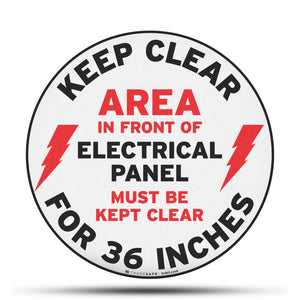
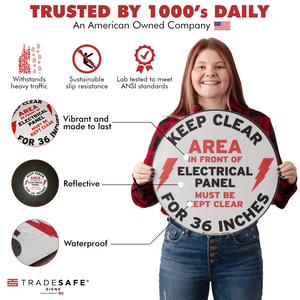
Electrical Panel Clearance Floor Sign
Regular price $36.95Regular price$60.00-38%Sale price $36.95 -
-49%
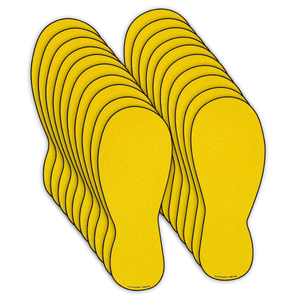
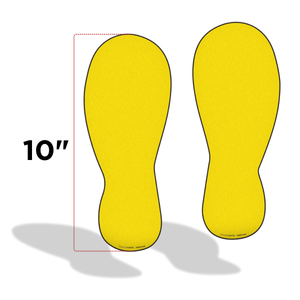
Anti-Slip Floor Sign – Yellow Footprint Stickers for Floor – 10 Pairs per Pack – 10” Long
Regular price $25.55Regular price$50.00-49%Sale price $25.55 -
Sold out
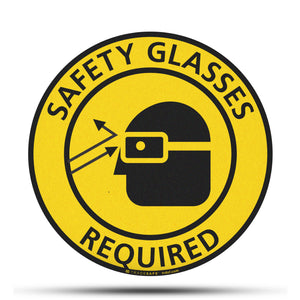
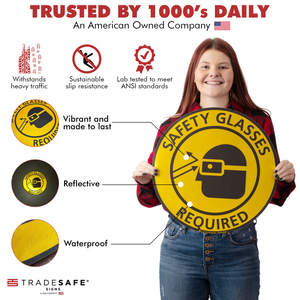
Safety Glasses Required Floor Sign
Regular price $36.95Regular price$60.00-38%Sale price $36.95 -
-38%
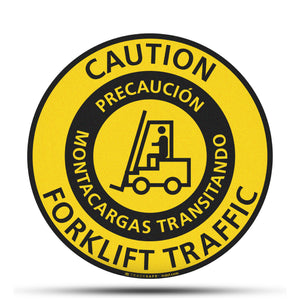
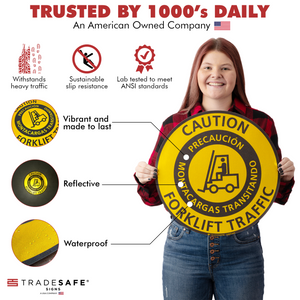
Caution Forklift Traffic Bilingual Floor Sign
Regular price $36.95Regular price$60.00-38%Sale price $36.95 -
-38%
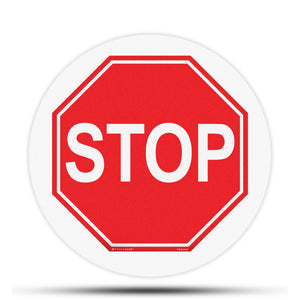
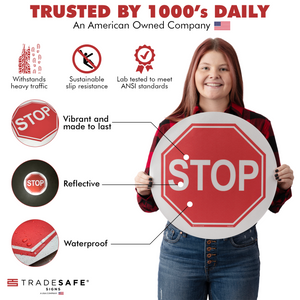
Floor Stop Sign Floor Sticker
Regular price $36.95Regular price$60.00-38%Sale price $36.95 -
-38%
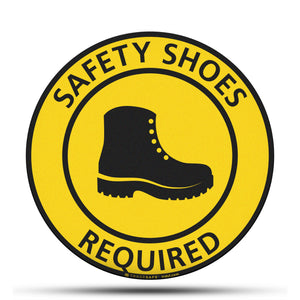
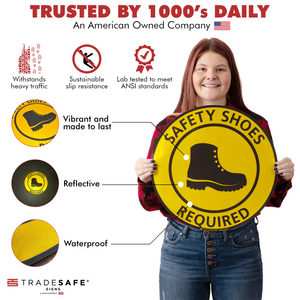
Safety Shoes Required Floor Sign
Regular price $36.95Regular price$60.00-38%Sale price $36.95 -
-38%
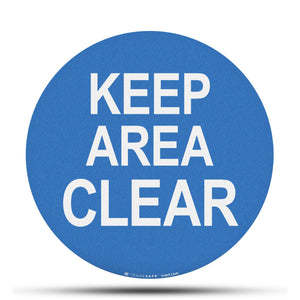
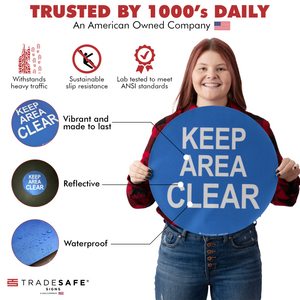
Anti-Slip Floor Sign – "Keep Area Clear" Sign – 17” Diameter
Regular price $36.95Regular price$60.00-38%Sale price $36.95 -
Sold out
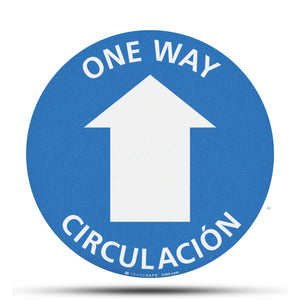
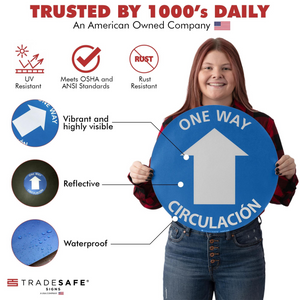
Anti-Slip Floor Sign – One Way/Circulación – One Way Sign – Circulación de Una Vía – Bilingual (English/Spanish)
Regular price $36.95Regular price$60.00-38%Sale price $36.95 -
-38%
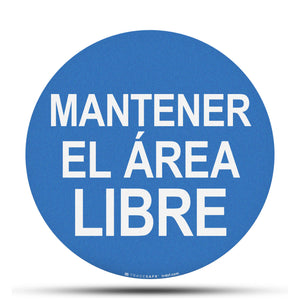
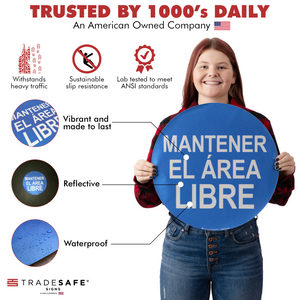
Anti-Slip Floor Sign – Mantener el Área Libre – Keep Area Clear Sign in Spanish
Regular price $36.95Regular price$60.00-38%Sale price $36.95 -
Sold out
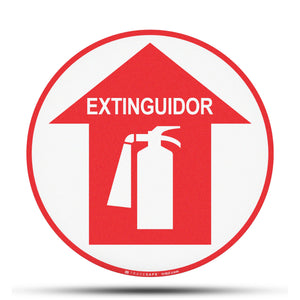
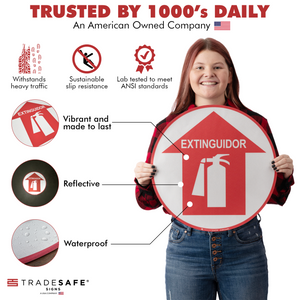
Anti-Slip Floor Sign – Extinguidor – Fire Extinguisher Arrow Sign in Spanish
Regular price $36.95Regular price$60.00-38%Sale price $36.95 -
-38%
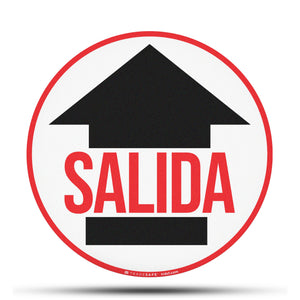
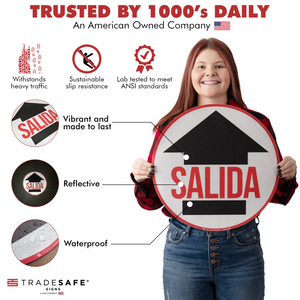
Salida Sign with Up Arrow Floor Sticker
Regular price $36.95Regular price$60.00-38%Sale price $36.95 -
Sold out
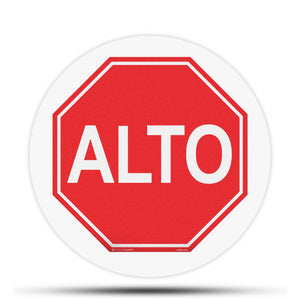
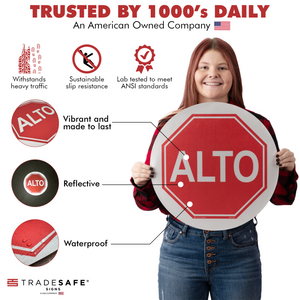
Alto Spanish Sign Floor Sticker
Regular price $36.95Regular price$60.00-38%Sale price $36.95 -
-38%
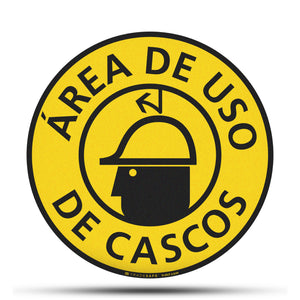
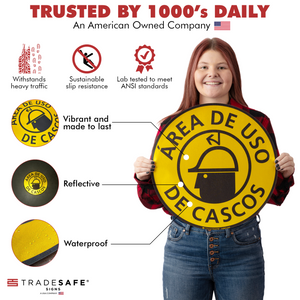
Área de Uso De Cascos Spanish Floor Sign
Regular price $36.95Regular price$60.00-38%Sale price $36.95 -
-38%
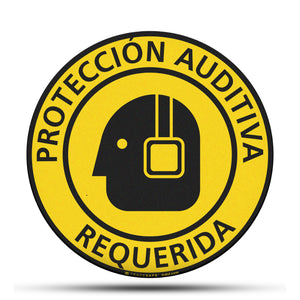
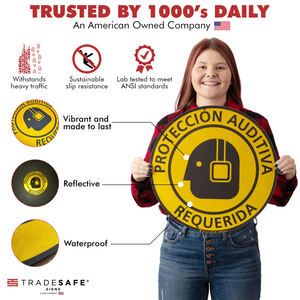
Protección Auditiva Requerida Spanish Floor Sign
Regular price $36.95Regular price$60.00-38%Sale price $36.95 -
-38%
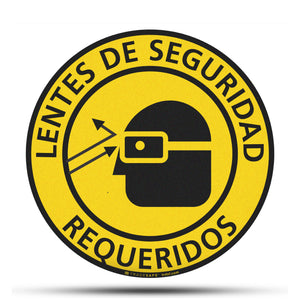
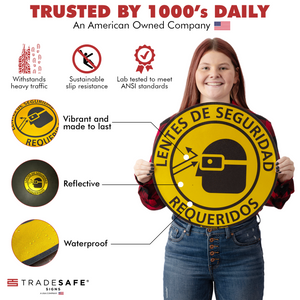
Lentes De Seguridad Requeridos Spanish Floor Sign
Regular price $36.95Regular price$60.00-38%Sale price $36.95 -
Sold out
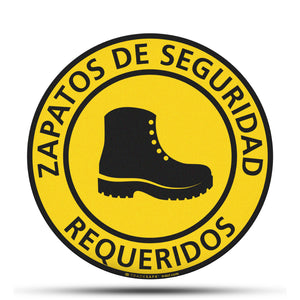
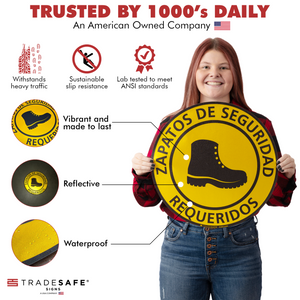
Zapatos De Seguridad Requeridos Spanish Floor Sign
Regular price $36.95Regular price$60.00-38%Sale price $36.95 -
-38%
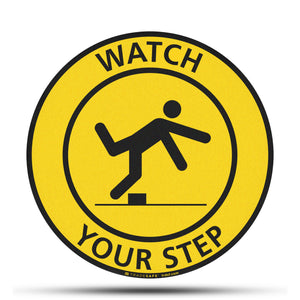
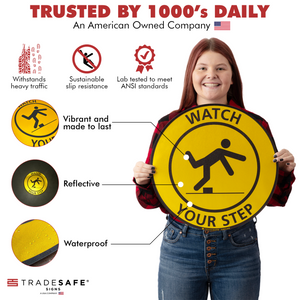
Watch Your Step Floor Sign
Regular price $36.95Regular price$60.00-38%Sale price $36.95 -
-38%
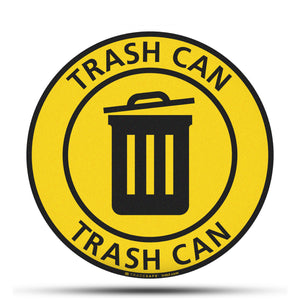
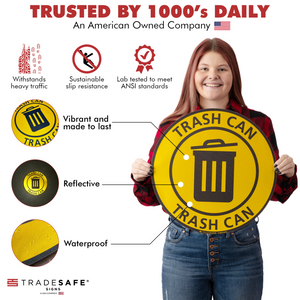
Trash Can Sign Floor Sign
Regular price $36.95Regular price$60.00-38%Sale price $36.95 -
-38%
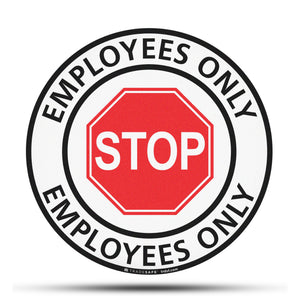
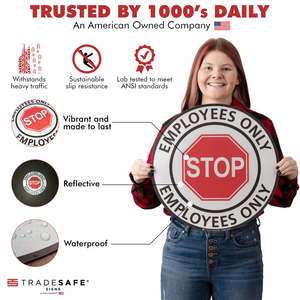
Anti-Slip Floor Sign – Stop – Employees Only Sign
Regular price $36.95Regular price$60.00-38%Sale price $36.95 -
-38%
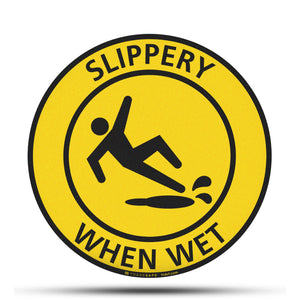
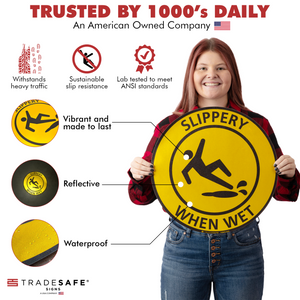
Anti-Slip Floor Sign – Slippery When Wet Sign
Regular price $36.95Regular price$60.00-38%Sale price $36.95 -
-38%
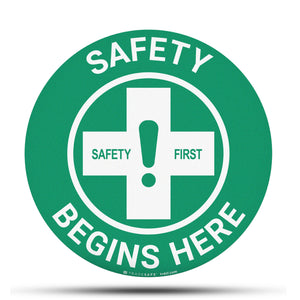
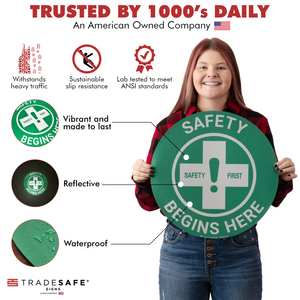
Safety Begins Here Floor Sign
Regular price $36.95Regular price$60.00-38%Sale price $36.95 -
-38%
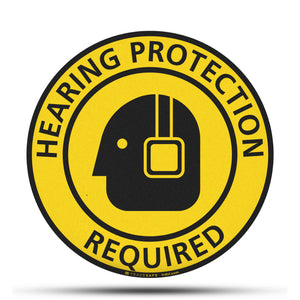
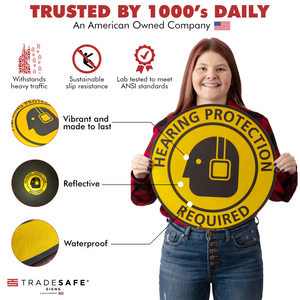
Hearing Protection Required Floor Sign
Regular price $36.95Regular price$60.00-38%Sale price $36.95 -
-38%
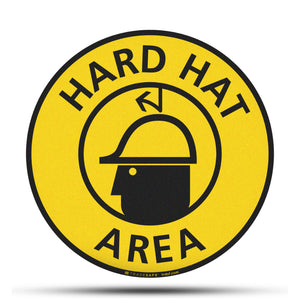
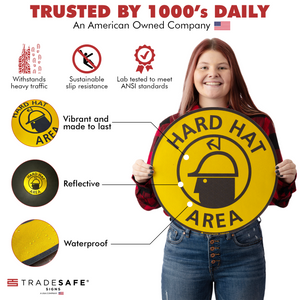
Hard Hat Area Floor Sign
Regular price $36.95Regular price$60.00-38%Sale price $36.95 -
-38%
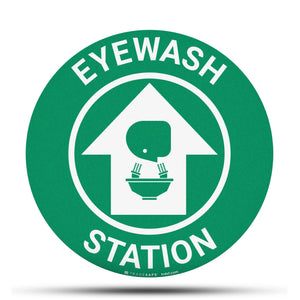
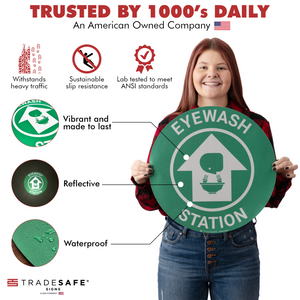
Eye Wash Station Floor Sign
Regular price $36.95Regular price$60.00-38%Sale price $36.95 -
-38%
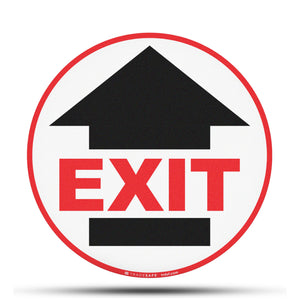
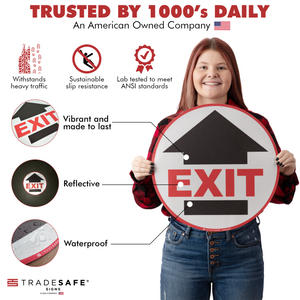
Exit Sign with Up Arrow Floor Sticker
Regular price $36.95Regular price$60.00-38%Sale price $36.95 -
-38%
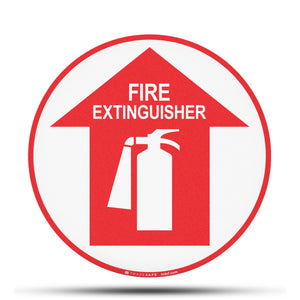
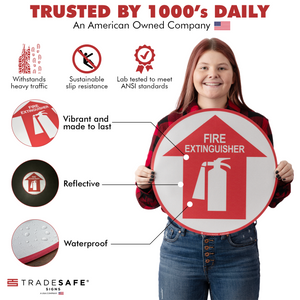
Anti-Slip Floor Sign – Fire Extinguisher Arrow Sign
Regular price $36.95Regular price$60.00-38%Sale price $36.95 -
-38%
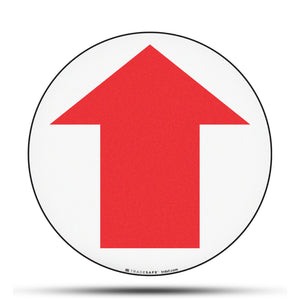
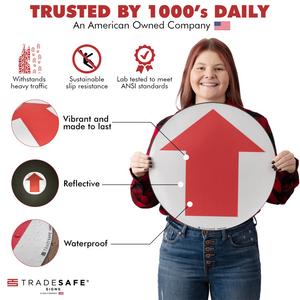
Red Arrow Sign Floor Decal
Regular price $36.95Regular price$60.00-38%Sale price $36.95 -
-38%
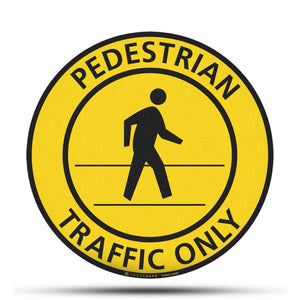
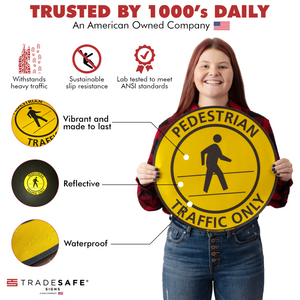
Pedestrian Traffic Only Floor Sign
Regular price $36.95Regular price$60.00-38%Sale price $36.95 -
-38%
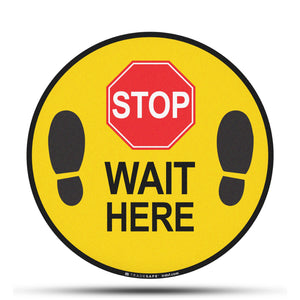
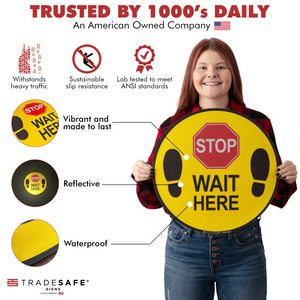
Anti-Slip Floor Sign – Stop Wait Here Sign
Regular price $36.95Regular price$60.00-38%Sale price $36.95 -
-38%
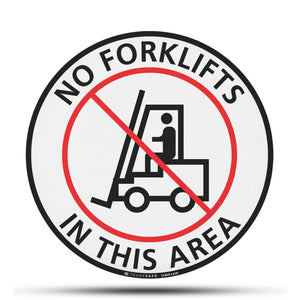
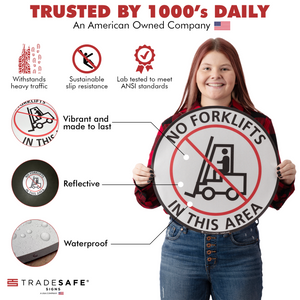
Anti-Slip Floor Sign – No Forklifts In This Area Sign
Regular price $36.95Regular price$60.00-38%Sale price $36.95 -
-38%
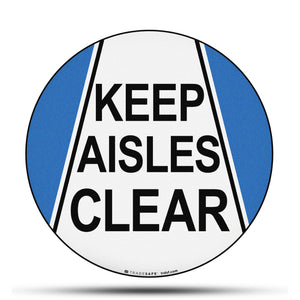
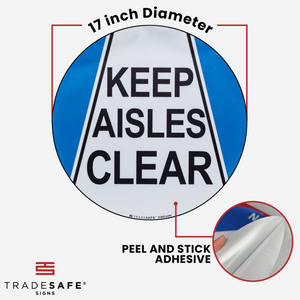
Anti-Slip Floor Sign – Keep Aisles Clear Sign
Regular price $36.95Regular price$60.00-38%Sale price $36.95 -
-38%
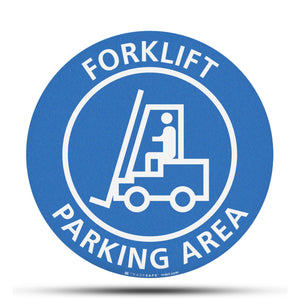
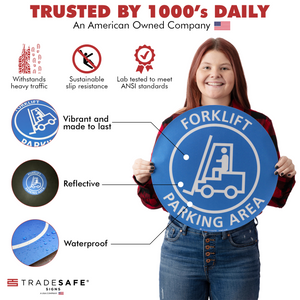
Anti-Slip Floor Sign – Forklift Parking Area Sign
Regular price $36.95Regular price$60.00-38%Sale price $36.95
Prevent injuries and accidents with workplace floor signs from TRADESAFE. These are premium-quality and versatile floor signs that can serve you well regardless of the kind of facility you have. From danger signs to caution signs to directional signs, we have the floor signs you need to maintain an orderly workplace.
Floor safety signs are a great way to communicate hazards and directions in order to ensure that workers stay safe. The floor safety signs also help reduce accidents because they visually communicate specific hards that may lie ahead or are present in certain areas. With their highly visible colors and clear, crisp print, these signs can help prevent accidents and injuries.
You can put floor signs in any area where there are specific hazards that need to be highlighted for your employees, clients, or visitors. They can also be used in areas where hazards might not be immediately obvious.
































































